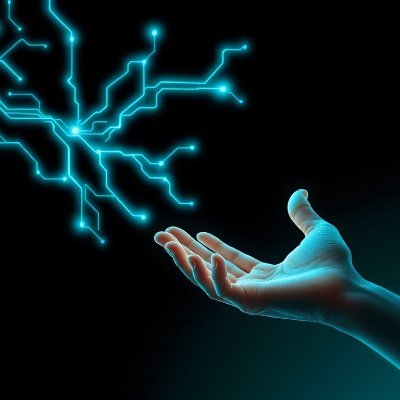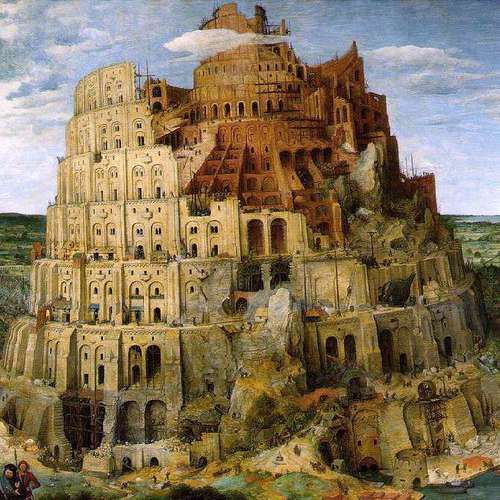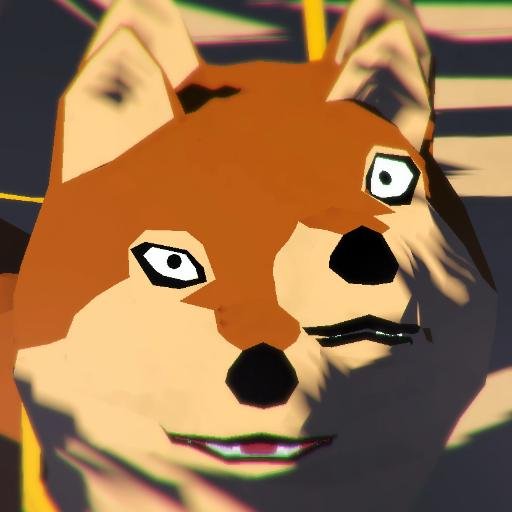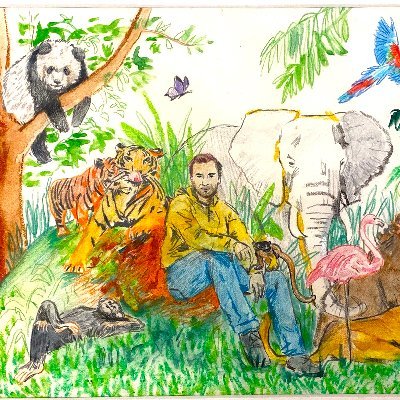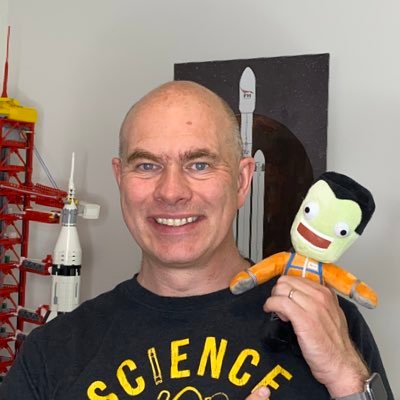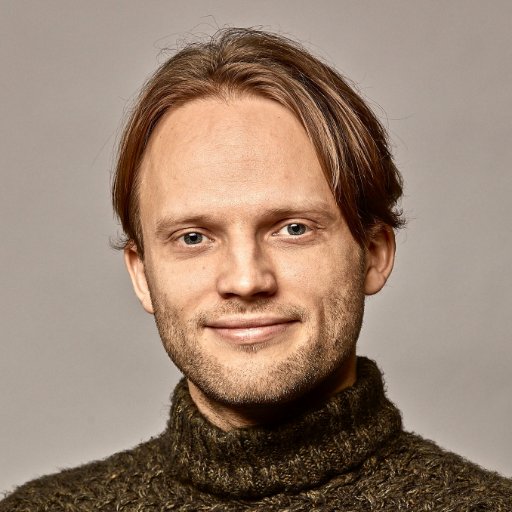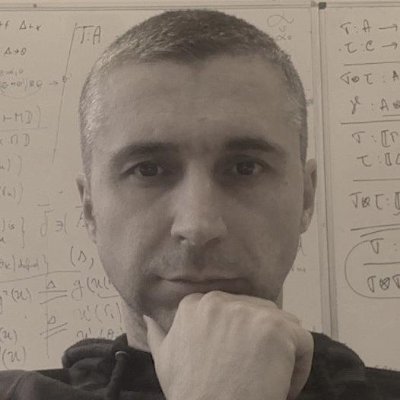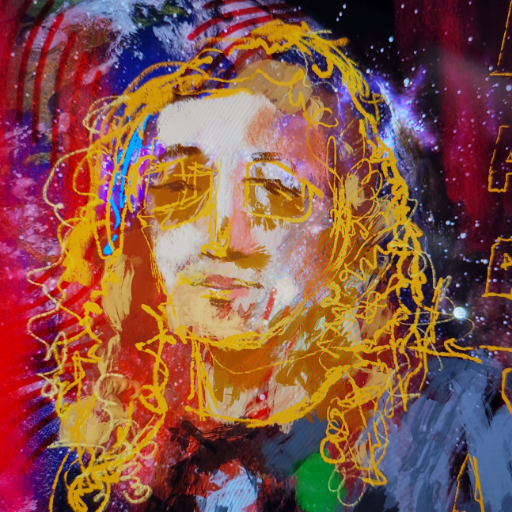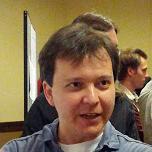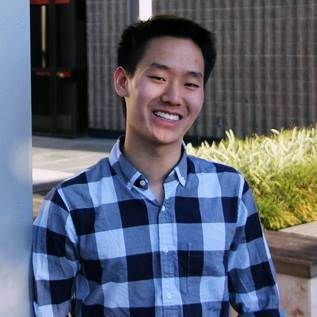
Adam V
@AdamVcoding
Rethinking human-computer interaction, interested in crazy graph problems, evolutionary algorithms, hyperdimensional computing, and AI alignment.
Bạn có thể thích
One of the last great achievements of humanity before AGI and AI-backed design
56 years ago, we achieved one of the most consequential moments in human history. We have waited patiently...it is time for the next giant leap.
Happy Moon Landing Day! On this day in 1969, Apollo 11 astronauts Neil Armstrong and Buzz Aldrin became the first humans to set foot on the Moon. This photo shows both astronauts on the Moon, with Armstrong reflected in the visor of Aldrin's helmet.
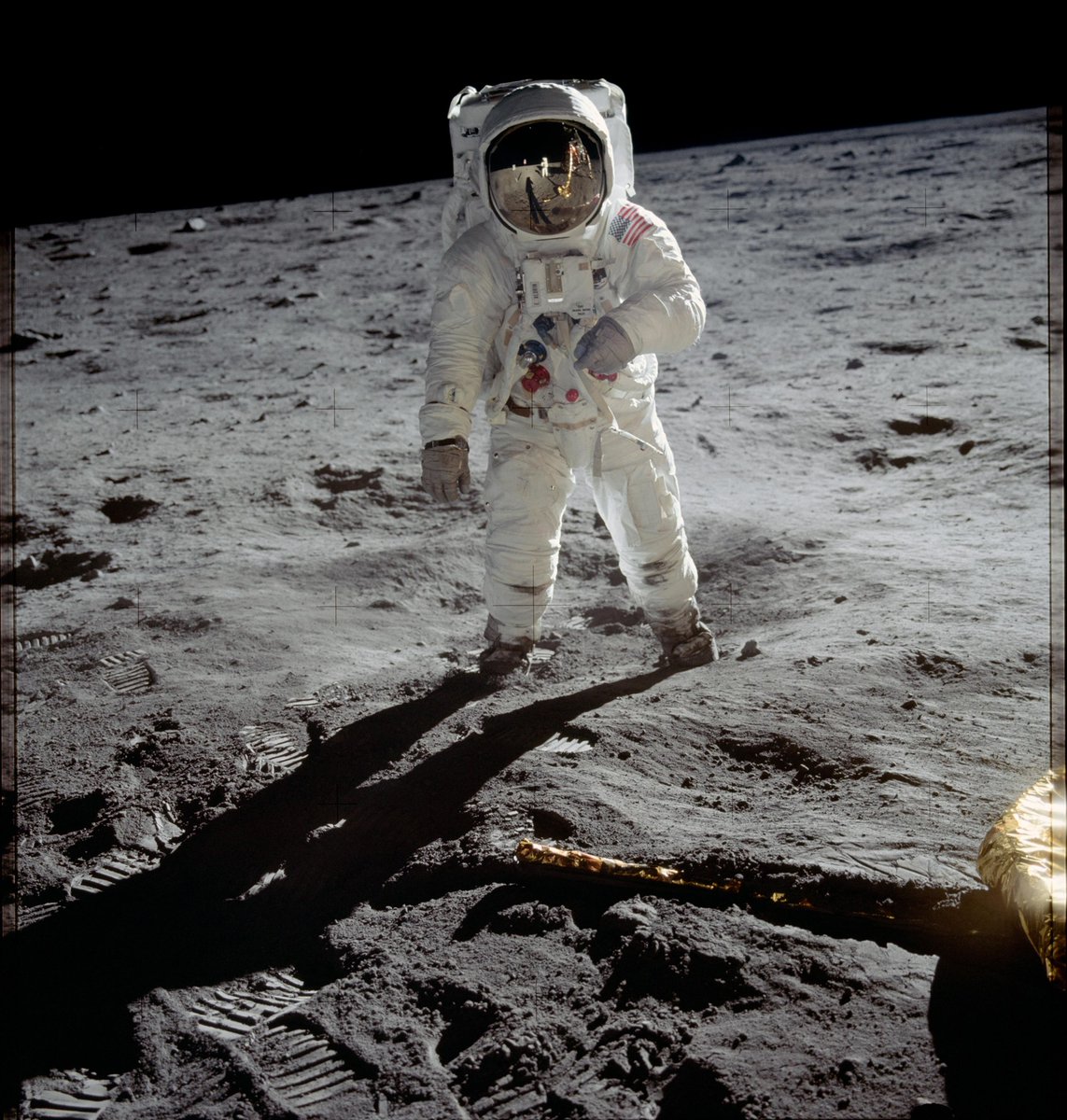
The most surreal hallucination I ever got from an image generation model. I do like Brussels waffles, but this is with a completely cleared ChatGPT personalization record. chatgpt.com/share/683c2ce0…

Monads are a simple algebraic structure with two operations and three laws. That’s it. No maths student ever complained that groups are too difficult to understand, and they have more things to remember. CS just need to grow up and stop demonising simple abstractions!
What if you need to optimize the `range(start, stop, step)` function to the bit flip? The more significant figures change less often, and we can create a compressed representation exploting that. Pre-calculate the patterns at each level based on the radix and parameters!



A part of me dies whenever I see an interface that could work compositionally and have semantic actions but processes the rendered (not computer-friendly!) result. The prototypical example is parsing HTML with regex for automation. adamv.be/Semantic-typing
That's how you get "tunnels vs roads" levels of reliable & cheap automation Do "cameras and steering data" for AI agents via pixels/html + kbd/mouse logs: use a ton of compute and get shitty results Build compositional tunnels and it's little harder than automating an elevator.
Filters of a CNN, the image it's applied to, and the result (grid of filter activations at each "pixel" of the first layer latent image)



Parallel and compositional solving of optimization problems using order theory; I gave a 5-minute pitch on the Information Programming paradigm at @LambdaDays in '23 Article: adamv.be/IP youtu.be/jLQ6cZ3_xrg

youtube.com
YouTube
Lightning Talk: Information Programming by Adam Vandervorst | Lambda...
Precisely what I'm working on. This is not just an end to syntax errors but to the archaic "mail communication" between you and the compiler, as well as clumsy VC and database integrations. The codebase is a database, and your docs, code reviews, datasets & experiments live there
my take: the “code graph” (not as a graph, but as a relational database, with all its efficiencies), should be the primary “source” for the editor and the compiler, and the version-control system too (patches are insertions and deletions of specific entities). text is for export.
The self-similarity matrices with hamming distance of 32 5-bit codes TL: binary numbers TR: Gray codes BL: balanced Gray codes BR: Z3's solution to locally linear distance

Are you too tired of watching the loss of your model decrease by the number being printed over and over again using PyTorch? TQDM has been burned on your retina? Even fancy live loss plots like on TensorBoard don't satisfy you anymore? Try accumulated discrete loss visualization!
Pre-pandemic, I build a "smart glove" prototype for typing anywhere with one hand. This video shows the very first attempt to use it! The keyboard has two (interacting) halves, one with LLM word predictions and one that allows for character-level muscle-memory control and typing.
United States Xu hướng
- 1. GOTY 19.7K posts
- 2. Sonic 3 8,270 posts
- 3. Expedition 33 30.4K posts
- 4. Moana 27.9K posts
- 5. #TheGameAwards 34.8K posts
- 6. Zelda 55.1K posts
- 7. Comey 28.4K posts
- 8. FEMA 6,834 posts
- 9. Ted Cruz 15.6K posts
- 10. Cher 20.5K posts
- 11. Clair Obscur 19.5K posts
- 12. Silksong 36.1K posts
- 13. #RestoreTheSnyderVerse 38.1K posts
- 14. Until Dawn 2,848 posts
- 15. Hades 2 14.4K posts
- 16. Geoff 5,658 posts
- 17. Rex Ryan N/A
- 18. Split Fiction 4,839 posts
- 19. David Richardson 2,506 posts
- 20. Larosas N/A
Bạn có thể thích
-
 Danqing Zhang
Danqing Zhang
@Danqing_Z -
 UChicago Magazine
UChicago Magazine
@UChicagoMag -
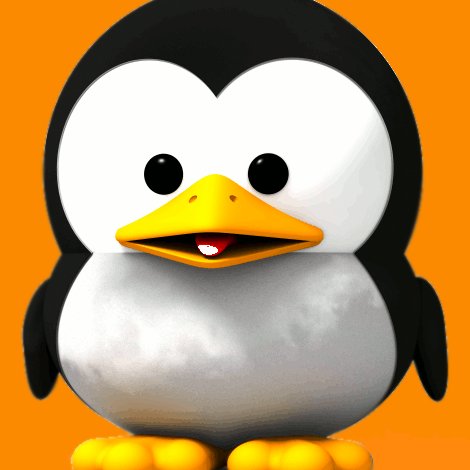 LinuxGizmos
LinuxGizmos
@LinuxGizmos -
 Geoffrey Litt
Geoffrey Litt
@geoffreylitt -
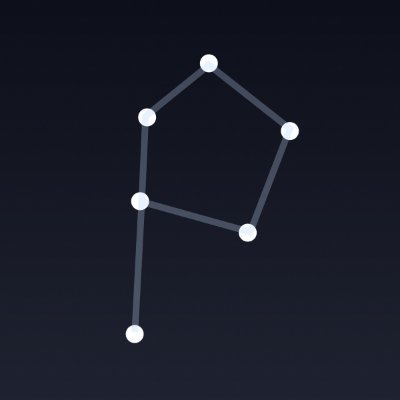 PatternAtlas
PatternAtlas
@patternatlas -
 Aida Nematzadeh 🦋
Aida Nematzadeh 🦋
@aidanematzadeh -
 andrew blinn
andrew blinn
@disconcision -
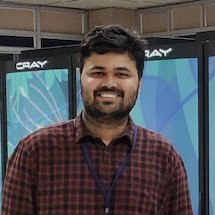 Sabyasachi Sahoo
Sabyasachi Sahoo
@saby_tweets -
 Sanaz Bahargam
Sanaz Bahargam
@SanazBahargam -
 Po
Po
@polina_giralt -
 Julian Gilyadov
Julian Gilyadov
@jzzej -
 Bravo .'
Bravo .'
@0x_bravo -
 Scott
Scott
@ScottyFromEarth -
 Abhinav Shukla
Abhinav Shukla
@Abhinav95_
Something went wrong.
Something went wrong.




































